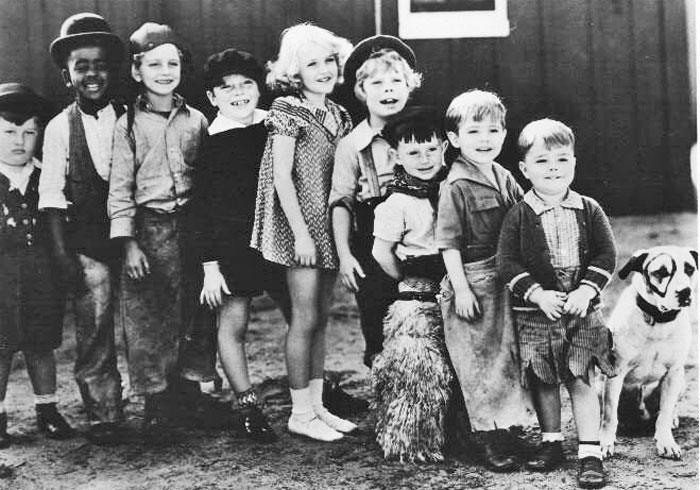Why You Must Clarify Your Brand Story Strategy and How
When I was a kid, I loved watching the Our Gang (The Little Rascals) TV show before heading off to school. It was a unique brand of lifestyle comedy produced as short black and white films during the Great Depression that has stood the test of time. The cast of incorrigible neighborhood kids coaxed me into their misadventures well into the early 1970s.
The pudgy George “Spanky” McFarland ran the outfit. He had several catchphrases including “Don’t rush me, Big Boy,” and “You’re tellin’ me.” But my favorite of his sayings was when he was punctuating a truth shared by one of the other characters by saying, “And how!”
Alfalfa: “Boy, that bully’s going to give you a shiner.”
Spanky: “And how!”
Spanky and I still hang. Sometimes during business conversations when I hear a particular insight, he pops into my head.
Like when a fretting founder says to me, “We’re growing but we’re not differentiated from our competition and that scares the hell out of me.”
“And how!” I’ll think.
“We’re adding lots of team members but we can’t get ‘em all pulling in the same direction.”
“And how!”
“I was so embarrassed yesterday. Our banker asked me what our story was but I didn’t have one. “
“And how!”
The ROI of a Focused Brand Story Strategy
I’ve been told the above three frustrations by leaders of emerging companies hundreds of times. These truths tell me that you have a proven business model. Your offering has not only attracted customers but competitors. To fill demand, you are growing your organization, but not your people. You may need more capital but your investors need a story.
Your goal in brand storytelling, of course, is to turn your inadvertent misadventures into an epic venture.
When you do, I’ve witnessed companies like Adelante Healthcare grow by 600%, Goodwill of Central and Northern Arizona by 400% and even solopreneurs increase their fortunes 10 times over.
And How!
So how do you start dialing in your brand story, one of your most valuable but underleveraged business assets? As with every story, you first capture your backstory, identify your hero(s), and state how you will overcome disruption to fulfill a wish.
- Backstory: You set the stage for your brand story by declaring your #1 position in the marketplace. This is what separates you from your competitors. Answer these questions:
• What industry are you in?
• What category do you service within your industry?
• What is your specialty within that category?
• Now, declare your #1 specialty: what you do different, and therefore better, than your competition. - Heroes: Prioritize your top three audiences, the people at the center of your brand story. Many leaders believe their brand is the hero. Spoiler alert! It’s not. Your audiences are the heroes of your story. I recommend placing your employees at the top of the list. Empathize with them to understand how to share your story from their point-of-view. You need them to buy into and align with your brand story to create efficiency and greater customer engagement. Your team members are your most powerful storytellers.
- Disruption: Your company, like every brand, is in the wish fulfilling business, and that means problem solving. What is the disruption in the marketplace that your offering responds to making it the most urgent and relevant solution for your customers? Capture this in your unique value proposition (UVP) to articulate not what you make, but what you make happen in your customer’s life. Airbnb makes booking unique accommodations easy, but their UVP tells the story about what they make happen by helping you Belong anywhere. Apple makes computers that enable you to Think Different. The Business of Story helps you excel through the stories you tell.
These brand story creation exercises are among the first 10 steps in the proven Story Cycle System™. It is a brand narrative framework that has helped hundreds of purpose-driven organizations and the thousands of people who support them clarify their stories to amplify their impact and simplify their lives.
“For the first time in our existence, we finally have consensus among our team as to who we are and why we do what we do because of our story. It’s led to a 30% increase in new business,” Luis Miguel, the founder of Avantpage, told me.
“And how!”












